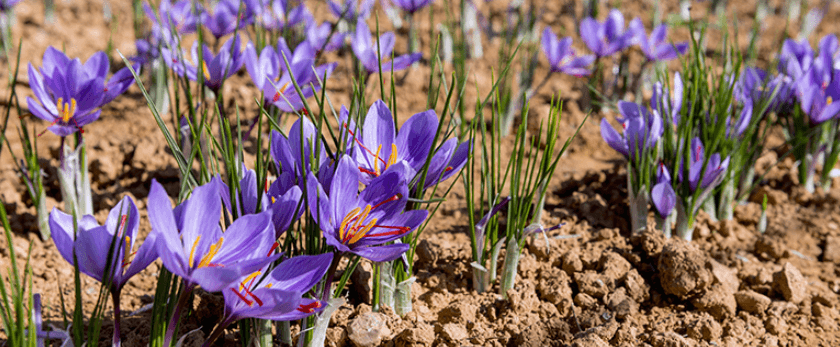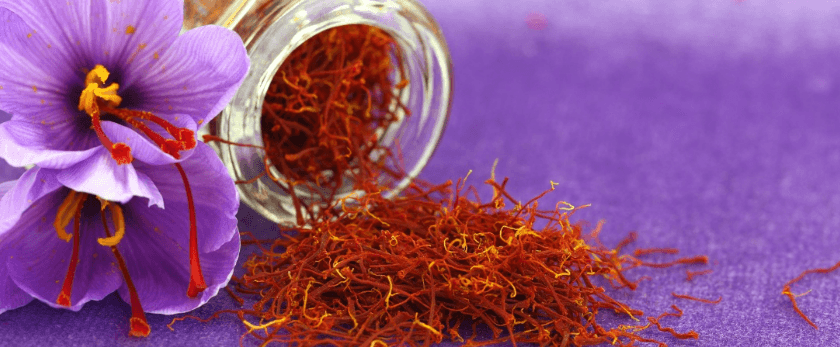Saffron is a highly prized spice that has been used for centuries in cooking, medicine, and even as a dye. It is derived from the delicate stigmas of the Crocus sativus flower, and it takes over 75,000 flowers to produce just one pound of saffron. Due to its labor-intensive harvesting process, saffron is one of the most expensive spices in the world.
But did you know that you can grow saffron in your own backyard? Not only is it a rewarding and enjoyable experience, but it also allows you to have a sustainable and eco-friendly source of this precious spice. In this article, we will guide you on how to grow saffron and care for it, so you can enjoy your own homegrown saffron.
What is the Best Time to Grow Saffron?
Saffron is a fall-blooming flower, and it is best to plant the bulbs in late summer or early fall. This allows the bulbs to establish their roots before the cold winter months. In warmer climates, you can also plant saffron bulbs in early spring.

How to Care for Saffron
Watering
Saffron bulbs require well-draining soil and do not like to be waterlogged. It is best to water them once a week, making sure the soil is moist but not soggy. During the growing season, you can increase the frequency of watering to twice a week. However, be careful not to overwater as it can cause the bulbs to rot.
Light
Saffron plants require full sun to thrive, so make sure to plant them in an area that receives at least 6-8 hours of sunlight per day. If you live in a hot climate, it is best to provide some shade during the hottest part of the day to prevent the plants from getting scorched.
Soil
Saffron bulbs prefer well-draining, sandy soil with a pH level between 6.0-8.0. If your soil is too acidic, you can add some lime to raise the pH level. It is also recommended to mix in some organic matter, such as compost or aged manure, to improve the soil's fertility and texture.
Fertilizer
Saffron plants do not require much fertilizer, but you can add a balanced fertilizer, such as a 10-10-10, in the spring when the plants start to grow. Avoid using high-nitrogen fertilizers as they can promote leaf growth instead of flower production.
Pruning
After the saffron flowers have bloomed and the stigmas have been harvested, you can cut back the foliage to about 2 inches above the ground. This will allow the bulbs to conserve energy for the next growing season.
Common Problems with Saffron
Pests and Diseases
Saffron plants are relatively pest and disease-free, but they can be susceptible to bulb rot if the soil is too wet. To prevent this, make sure to plant the bulbs in well-draining soil and avoid overwatering.
Harvesting
Harvesting saffron can be a delicate process, as the stigmas are fragile and can easily break. It is best to harvest them in the morning when the flowers are fully open. Gently pluck the stigmas with your fingers or use tweezers to carefully remove them from the flower. It is important to handle the stigmas with care to avoid damaging them.
Responsible Disposal Methods
After harvesting the saffron stigmas, you may be left with a pile of wilted flowers. Instead of throwing them away, you can compost them to enrich your soil. Saffron flowers are rich in nutrients and can add valuable organic matter to your compost pile.
Conclusion
Growing saffron at home is not only a fun and rewarding experience, but it also allows you to have a sustainable and eco-friendly source of this precious spice. By following the tips and techniques mentioned in this article, you can successfully grow your own saffron and enjoy its delicate flavor and vibrant color in your dishes. Remember to care for your saffron plants, harvest the stigmas with care, and responsibly dispose of the wilted flowers. Happy saffron growing!










